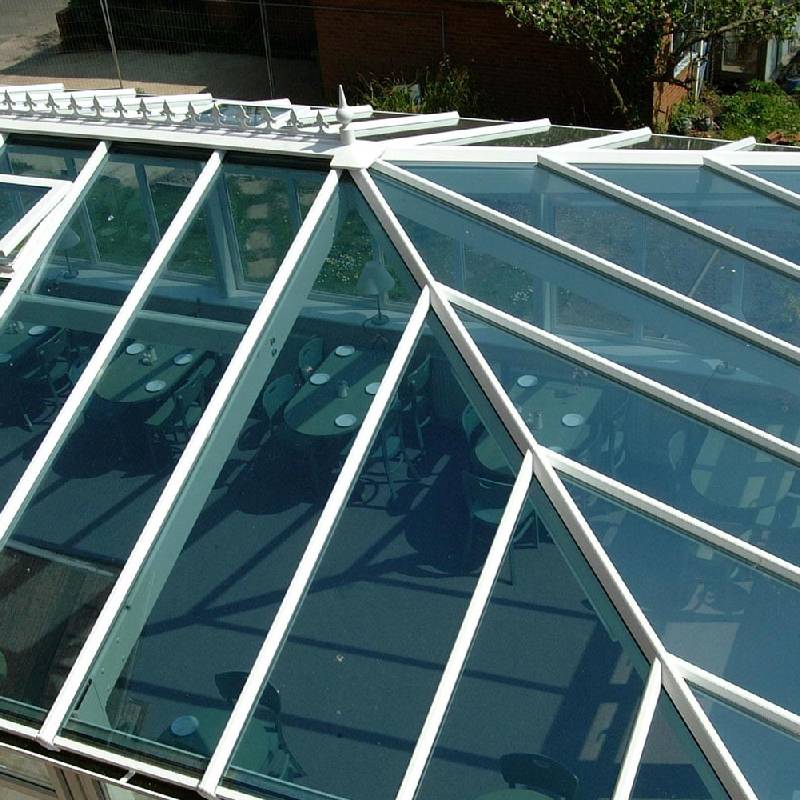

Exploring the Beauty and Functionality of White Reflective Glass
White reflective glass has emerged as a popular choice in modern architecture and interior design, offering a unique blend of aesthetic appeal and practical functionality. Its applications range from residential homes to high-rise office buildings, making it a versatile material that can seamlessly fit into various styles while enhancing energy efficiency. In this article, we will explore the characteristics of white reflective glass, its advantages, and its innovative applications in contemporary design.
One of the most notable features of white reflective glass is its striking visual quality. The surface of this glass is coated in a white reflective layer that allows it to reflect light effectively, creating a bright, luminous environment. This characteristic can significantly enhance the perception of space in both interior and exterior applications. In homes, white reflective glass can be employed in windows, doors, and facades to fill rooms with natural light, making even the smallest spaces feel larger and more inviting. Additionally, in commercial settings, its ability to reflect light can contribute to a more vibrant and energizing atmosphere for both employees and clients.
Beyond its aesthetic appeal, white reflective glass also offers substantial energy efficiency benefits. The reflective properties of the glass help to reduce heat gain from the sun, thus lowering the reliance on air conditioning systems during hot months. This not only results in a reduction in energy costs but also promotes a more sustainable approach to building design. By utilizing white reflective glass, architects and builders can create structures that are environmentally friendly, aligning with the growing trend towards sustainability in construction practices.

The versatility of white reflective glass extends to its adaptability in various architectural styles. Whether it is a sleek, modern office building or a traditional home, this material can be manipulated to enhance the overall design. The glass can be cut, tinted, or combined with other materials to create unique and inviting spaces. For example, a contemporary skyscraper might utilize extensive panels of white reflective glass to create an eye-catching facade that stands out against the urban skyline. Conversely, a suburban home might opt for white reflective glass in the windows to provide a timeless and elegant touch.
In addition to its use in facades and windows, white reflective glass has found its way into interior design elements. It can be used in partitions, tabletops, and decorative accents, contributing to a sense of openness and lightness within a space. Its ability to reflect and distribute light makes it a favored choice for creating focal points in interior layouts, giving designers the flexibility to play with light and shadow effectively.
Furthermore, the maintenance of white reflective glass is relatively straightforward. Unlike darker glass types, which might show fingerprints and smudges more readily, white reflective glass tends to disguise minor blemishes due to its reflective nature. Regular cleaning, however, is recommended to maintain its luminous appearance and ensure that it continues to perform effectively in terms of energy efficiency.
In conclusion, white reflective glass is not just a functional building material; it is an artistic element that enhances the beauty and performance of modern architecture and design. Its energy-efficient properties, aesthetic versatility, and ease of maintenance make it an attractive option for a wide range of applications. As architects and designers continue to embrace innovative materials and sustainable practices, white reflective glass is poised to play a crucial role in shaping the future of built environments. Whether in residential or commercial settings, this remarkable material reflects the light of creativity and sustainability, paving the way for brighter, more inviting spaces.